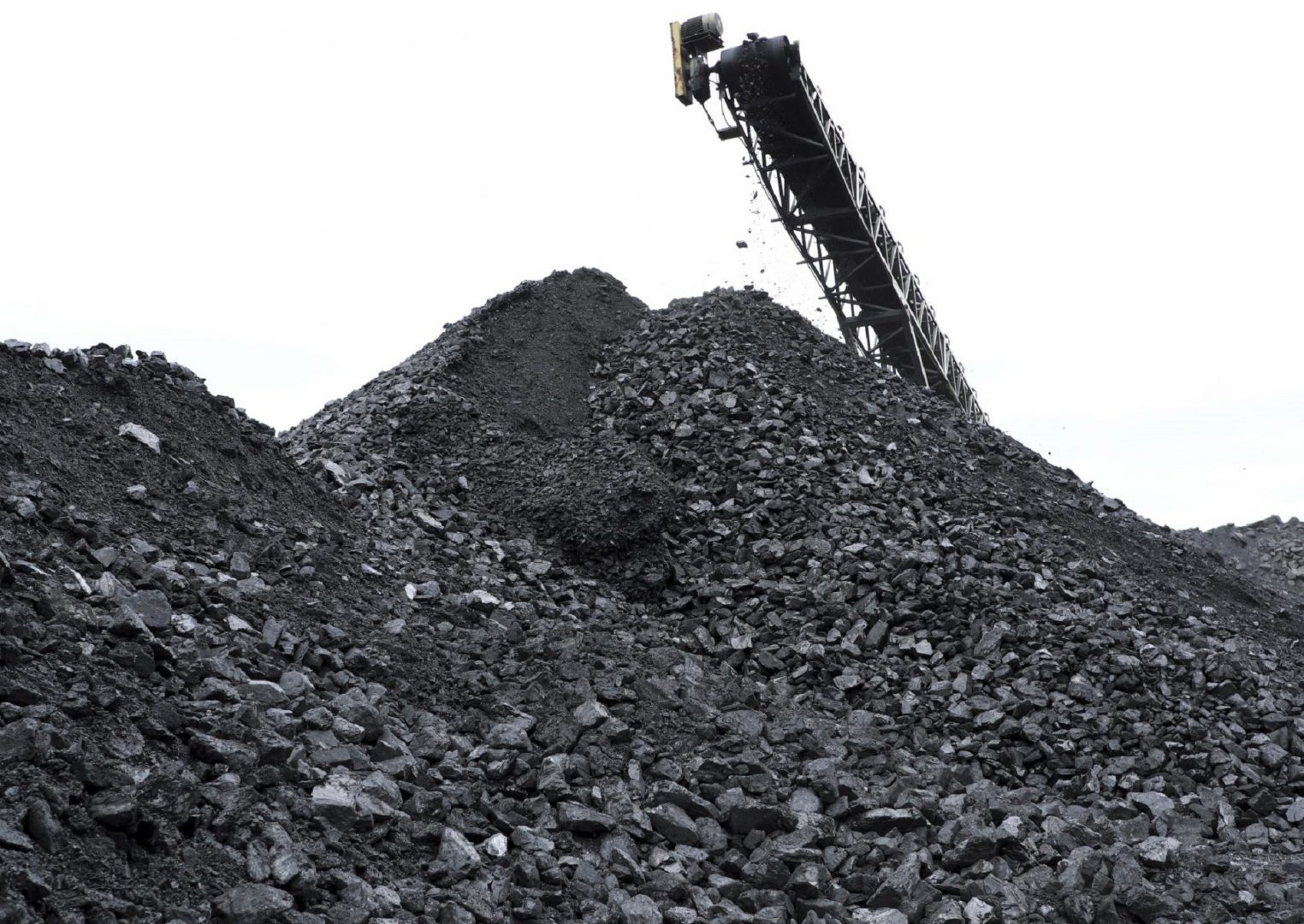
Coal is piled up at the the Blaschak Coal Corporation pit mine Dec. 4, 2018, in Mount Carmel, Pennsylvania.
Matt Smith / Keystone Crossroads


Coal is piled up at the the Blaschak Coal Corporation pit mine Dec. 4, 2018, in Mount Carmel, Pennsylvania.
Matt Smith / Keystone Crossroads

Matt Smith / Keystone Crossroads
Coal is piled up at the the Blaschak Coal Corporation pit mine Dec. 4, 2018, in Mount Carmel, Pennsylvania.
The U.S. Department of Energy said it’s spending $122 million to establish research hubs around the country that will look at new ways to use coal as a base for material manufacturing.
The DOE is using a new grant program to establish “innovation centers” in several parts of the country that will try to find ways to use coal as a material — like in light-weight carbon fiber or in so-called “rare earth metals,” which are used in electronics.
DOE officials made the announcement while touring a Consol Energy coal mine in Washington County.
“It’s vitally important that America develop a viable domestic supply of rare earth elements, critical minerals, and other valuable products from our vast coal resources,” said Secretary of Energy Dan Brouillette, in a statement. “This effort moves us closer to that goal.”
The Department said institutions in several different coal basins could apply for funding through the program, including Appalachia, which includes Pennsylvania.
James Van Nostrand, director of the Center for Energy and Sustainable Development at West Virginia University, said the effort is part of a broader Trump administration push to help out the country’s ailing coal industry, an effort that included a failed attempt to prop up money-losing coal and nuclear plants by former Secretary Rick Perry.
“Coal is not a very cost-effective way to generate electricity, so (there’s) lots of pressure on DOE to bring the coal jobs back,” Van Nostrand said. “So (the agency) is trying to figure out products that coal can be transformed into.”
Van Nostrand said there’s no guarantee the program will yield positive results for taxpayers.
But he said one potential use for the money could be finding ways to use waste coal — which blights thousands of acres in Pennsylvania alone — and turning it into usable products.
“If we have a way of extracting rare earth minerals from a lot of the coal waste that’s already out there, it solves a couple of problems because we obviously have a lot of coal waste that needs to be dealt with and we can do something productive with that waste,” Van Nostrand said.
The deadline for institutions to apply for funding through the program is November.
StateImpact Pennsylvania is a collaboration among WITF, WHYY, and the Allegheny Front. Reporters Reid Frazier, Rachel McDevitt and Susan Phillips cover the commonwealth’s energy economy. Read their reports on this site, and hear them on public radio stations across Pennsylvania.
(listed by story count)
StateImpact Pennsylvania is a collaboration among WITF, WHYY, and the Allegheny Front. Reporters Reid Frazier, Rachel McDevitt and Susan Phillips cover the commonwealth’s energy economy. Read their reports on this site, and hear them on public radio stations across Pennsylvania.
Climate Solutions, a collaboration of news organizations, educational institutions and a theater company, uses engagement, education and storytelling to help central Pennsylvanians toward climate change literacy, resilience and adaptation. Our work will amplify how people are finding solutions to the challenges presented by a warming world.